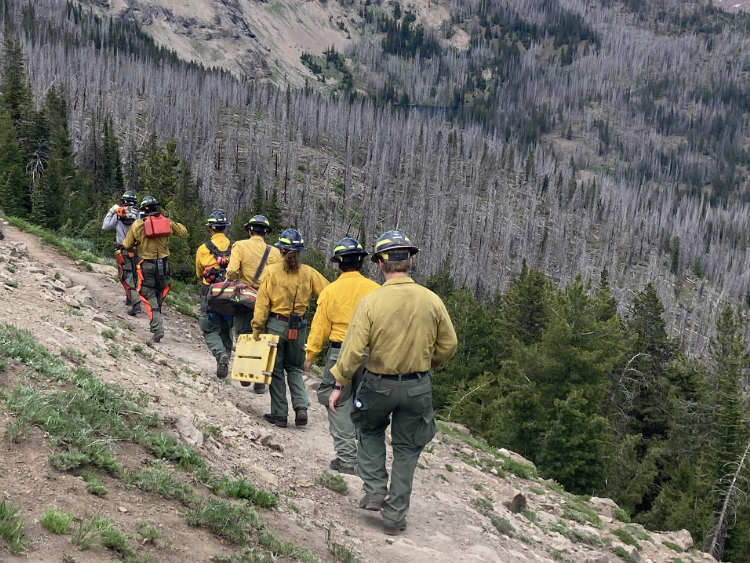Shooting the Breeze: The 7x57mm Mauser
Published 12:59 pm Saturday, February 25, 2023

- Dale Valade
Any roster of classic cartridges would be incomplete without the 7x57mm Mauser. Although it saw action as the service rifle of many different nations, including most notably against our troops in Cuba and against the British in Africa, to me the 7×57’s greatest feats were not on the battlefield. Rather, in the hands of hunters like Bell, Corbett and even O’Connor, the 7mm Mauser made a name for itself as a literal giant killer.
The 7mm is known by several titles but chiefly as the 7x57mm, 7mm Spanish or German Mauser and also as the .275 Rigby in the British custom rifles thusly chambered. Originally it fired 173-grain roundnose full metal jacket or softnose expanding bullets to about 2,300 feet per second in the characteristic 29-inch military rifle barrels. It was this 173-grain load which Bell used for brain shots on many of his elephants. He preferred it and the .303 British rifles in his arsenal for their pleasant recoil and excellent accuracy. These heavy bullets would penetrate deep on account of their modest velocity and heavy-for-caliber weight. That 2,300 fps may seem pedestrian today, but to militaries who had commonly used muskets less than 20 years before, the 7mm was revolutionary.
Jim Corbett, armed with a 7x57mm Mauser, made a name for himself in India pursuing man-eating leopards and tigers. His most infamous foe was the Champawat Tigress, which was credited with having killed some 436 people before being dispatched in 1907 by Mr. Corbett’s rifle.
Sporting rifles which were usually modified military Mauser actions featured a custom stock and came with the much more handy 24-inch barrels. Spitzer bullets of from 139 to 160 grains in weight became very popular for their flatter trajectories due to higher velocities. These loads were more often employed by American hunters like Jack and Eleanor O’Connor, who used their 7×57’s on deer, elk and moose.
It is common knowledge that it was the 7mm Mauser that inspired our Army Ordinance Department to abandon the .30-40 Krag (adopted in 1892) and go back to the drawing board. President Roosevelt, who personally fought in Cuba, demanded a new service cartridge, having found the .30-40 wanting in comparison to the Mauser rifles firing the superior 7mm round.
Today the 7x57mm Mauser has a definite cult following, more than a few of whom are gradually defecting to the ballistically similar but easier to acquire 7mm-08 Remington. Personally, I don’t see much difference from a performance point of view; what one will do, the other will do. And while my personal battery contains nothing .284 caliber at the moment, if that was to change it will be because the right 7×57 happens along.
Call me old-fashioned, but I like a cartridge with history, and any kinship of saintly, storied cartridges must include the 7mm Mauser. Even though the 1893 vintage cartridge doesn’t enjoy the widespread popularity of cartridges like the .270 Winchester or .30-06 Springfield, it is just as tried and proven. That, folks, is an elite fraternity with which very few cartridges enjoy fellowship. If you’re looking for a cartridge that is kind to the shoulder but hits way above its class, give the 7mm Mauser a try. You’ll be glad you did.
Are you a fan of the 7×57? Write to us at shootingthebreezebme@gmail.com and check us out on Facebook!









